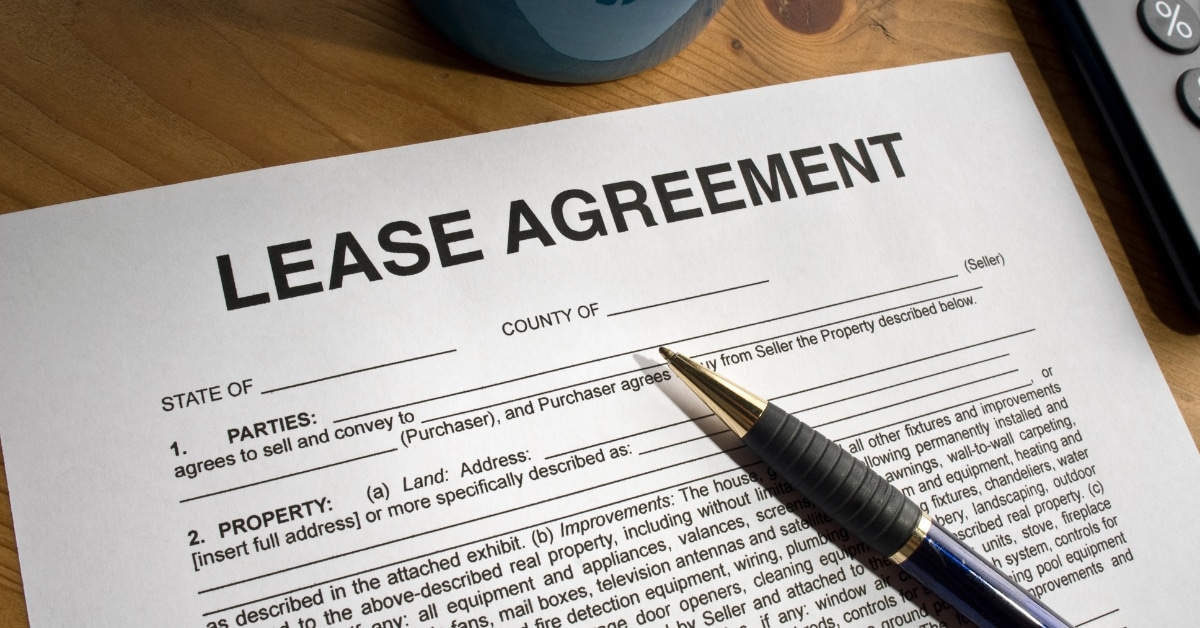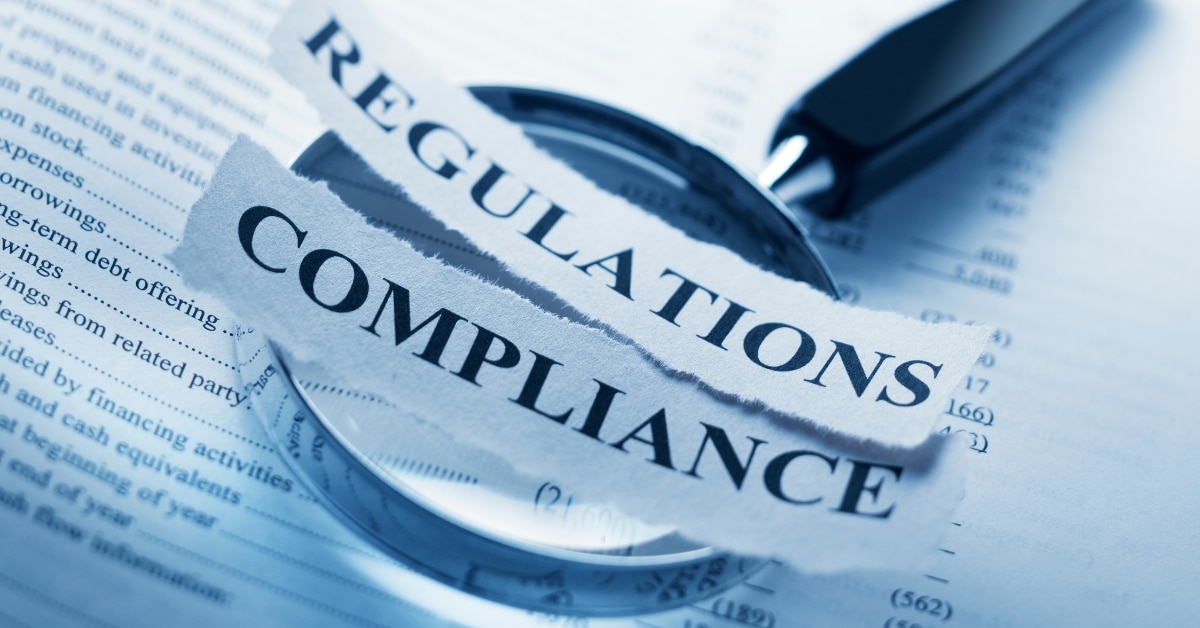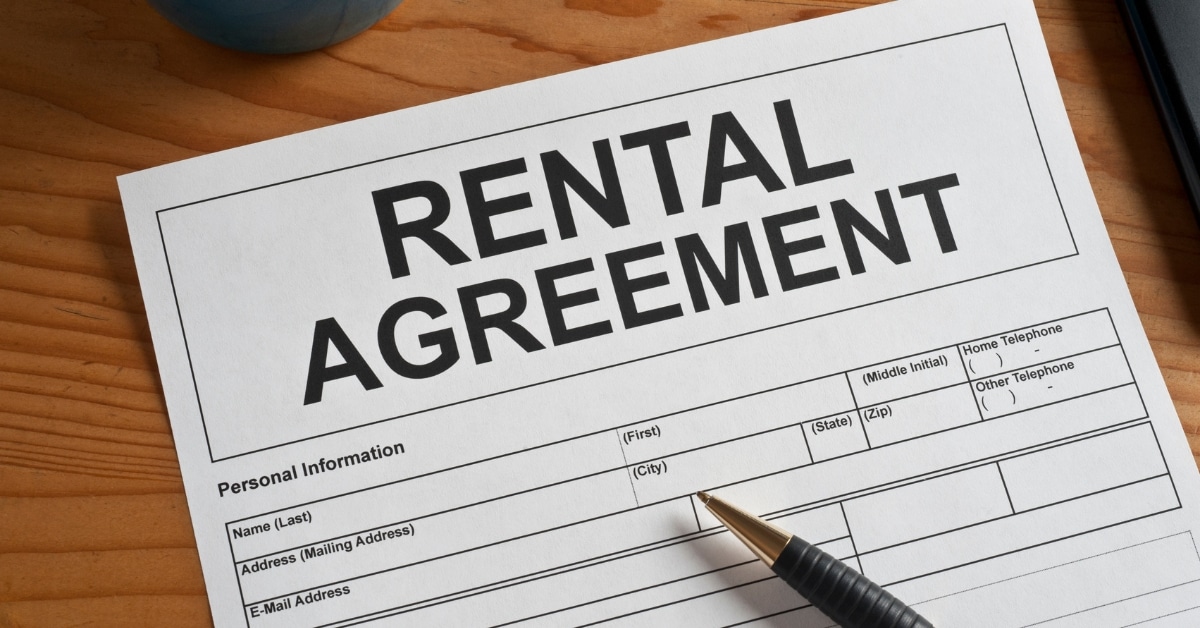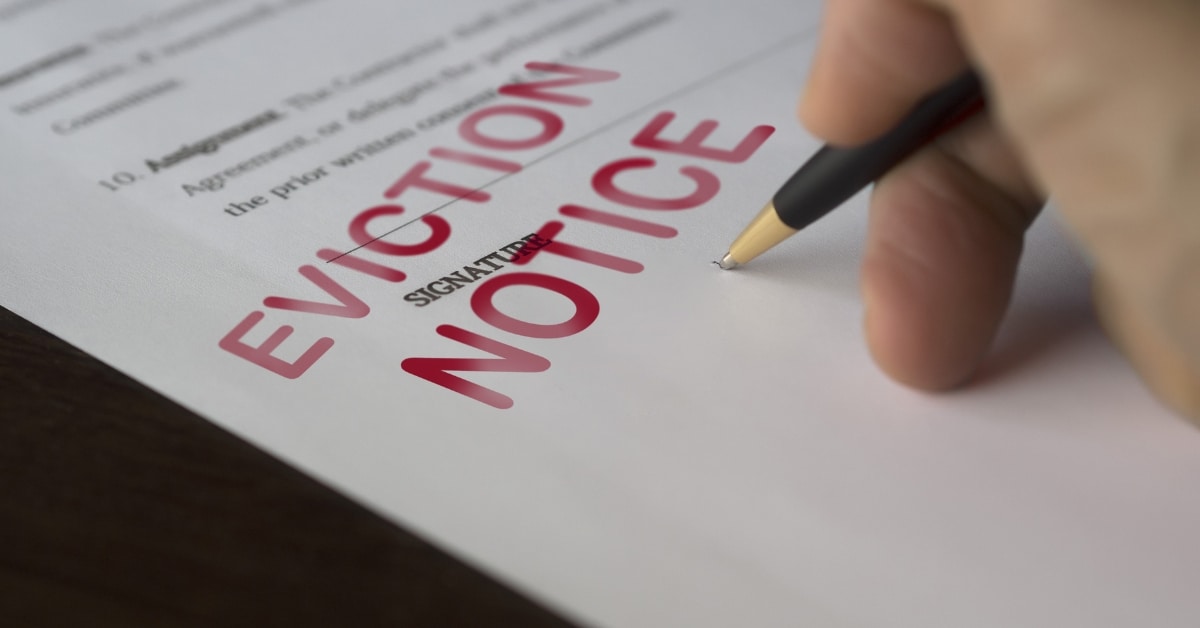The Section 8 Housing Choice Voucher Program provides rental assistance to eligible low-income individuals and families, enabling them to afford safe and decent housing. Landlords who participate in the program have certain responsibilities to ensure that the housing they offer meets the required standards and that the terms of the program are followed.
Section 8 landlords have important responsibilities to ensure safe and affordable housing for tenants receiving government rental assistance. These include maintaining property standards, collecting rent payments, and complying with program regulations.
In this article, we’ll explore the responsibilities of Section 8 landlords, including property standards, rent payments, and compliance with program regulations.

Property Standards
Section 8 landlords have a responsibility to maintain their properties to certain standards. The housing must be safe, sanitary, and free from any health hazards. Before a rental agreement can be approved, the property will undergo an inspection to ensure that it meets these standards. The inspection will cover items such as the condition of the roof, walls, and floors, the functionality of the plumbing and electrical systems, and the presence of smoke detectors.
As such, it is their responsibility to ensure that all rental properties meet state and local standards. This includes basic upkeep of the unit, complying with building regulations, and making sure rent payments remain affordable for tenants. Moreover, landlords need to be aware of Fair Market Rents established by HUD before signing a lease agreement.
By following these guidelines, landlords can successfully fulfill their duties and provide safe and secure housing options for those in need.

Rent Payments
As a landlord in the Section 8 program, one of your primary responsibilities is to ensure tenants can make their rent payments. This means that you should familiarize yourself with HUD’s Fair Market Rent (FMR) calculations beforehand, so you can set an appropriate amount for a tenant to pay. Additionally, it is important to keep in mind the rules and regulations associated with the Section 8 program such as those related to rental escalations, tenant income levels, and other restrictions.
The program will pay a portion of the rent directly to the landlord on behalf of the tenant. However, the tenant is still responsible for paying their share of the rent. It’s the landlord’s responsibility to collect this payment on time each month.

Lease Agreement
A lease agreement is a legal document that outlines the terms of the rental agreement between the landlord and tenant. As a landlord in the Section 8 program, you must have a clear and binding lease agreement between you and your tenant.
This should include the start and end dates of the lease, rules for use of property, payment schedule, any fees or deposits required to be paid, provision for communication amongst both parties, and all other details related to occupancy of the property. The lease agreement also helps establish expectations between you and your tenants, outlining their rights and obligations.

Tenant Screening
Section 8 landlords have the responsibility to screen potential tenants for eligibility. As a landlord in the Section 8 program, it is important for you to properly screen potential tenants. This includes conducting background checks, obtaining references from previous landlords, and verifying employment history.
Additionally, you may also want to consider requiring credit reports or criminal histories depending on your local laws and regulations. Tenant screening allows landlords to make informed decisions about who they rent to while upholding the rules of the Section 8 program.
Furthermore, it can help ensure that tenants are meeting their contractual obligations to provide both parties with a secure rental experience.

Compliance with Program Regulations
As a Section 8 landlord, complying with the program’s rules and regulations is essential. This includes understanding the requirements involved in setting rent levels, agreeing to participate in annual quality assurance inspections, and being aware of the rules related to rental escalations.
Additionally, landlords must ensure that total tenant contributions do not exceed 40% of their adjusted income. By following these guidelines, landlords can help meet HUD’s quality standards while providing low-income families with safe housing options.

Maintenance and Repairs
As a landlord, you are responsible for making sure that all maintenance and repairs are completed promptly. This includes ensuring that all appliances, fixtures, and structural components of the rental property remain in good working condition.
Furthermore, landlords should also be willing to make necessary improvements to the property to meet safety standards set by HUD and local fire regulations. By fulfilling this responsibility, landlords can guarantee that tenants have access to safe housing options while upholding Section 8 program regulations.

Renewal of Rental Agreement
Section 8 rental agreements have an expiration date. As a landlord, it is your responsibility to review the rental agreement at least annually and renew it if necessary. During this time, you should make sure that the tenant is still eligible to receive housing assistance according to HUD’s guidelines.
Additionally, you must adjust the rent amount based on any changes in the FMR and confirm that the tenant is not paying more than 40% of their adjusted income towards rent. By reviewing rental agreements regularly and making necessary adjustments.
Also, you can ensure that tenants are provided with affordable housing options that comply with Section 8 regulations.

Eviction Process
In some cases, Section 8 landlords may need to initiate an eviction process for non-payment of rent or other violations of the lease agreement. It is your responsibility to ensure that the eviction process is properly followed. This includes providing tenants with proper notice and giving any required court appearances.
Furthermore, should the tenant not be able to pay their rent in full or adhere to the terms of the lease agreement, you must follow local ordinances for evicting the tenant from the property. Additionally, landlords must be aware of HUD’s regulations regarding evictions since they differ from local laws.
By following proper protocol during an eviction process, landlords can ensure compliance with Section 8 regulations while maintaining a safe and secure rental environment.

Conclusion
Overall, Section 8 landlords have many responsibilities to uphold to provide safe and affordable housing for low-income tenants. Section 8 landlords have several responsibilities to uphold to provide quality dental services under the program.
It is important that they properly screen tenants before renting out their properties and follow the proper eviction process if necessary. Furthermore, they must be aware of HUD regulations and local laws when dealing with tenants and any rental issues that may arise.
By adhering to all of these responsibilities, Section 8 landlords can ensure a safe and secure occupancy environment while complying with all program rules and regulations.












